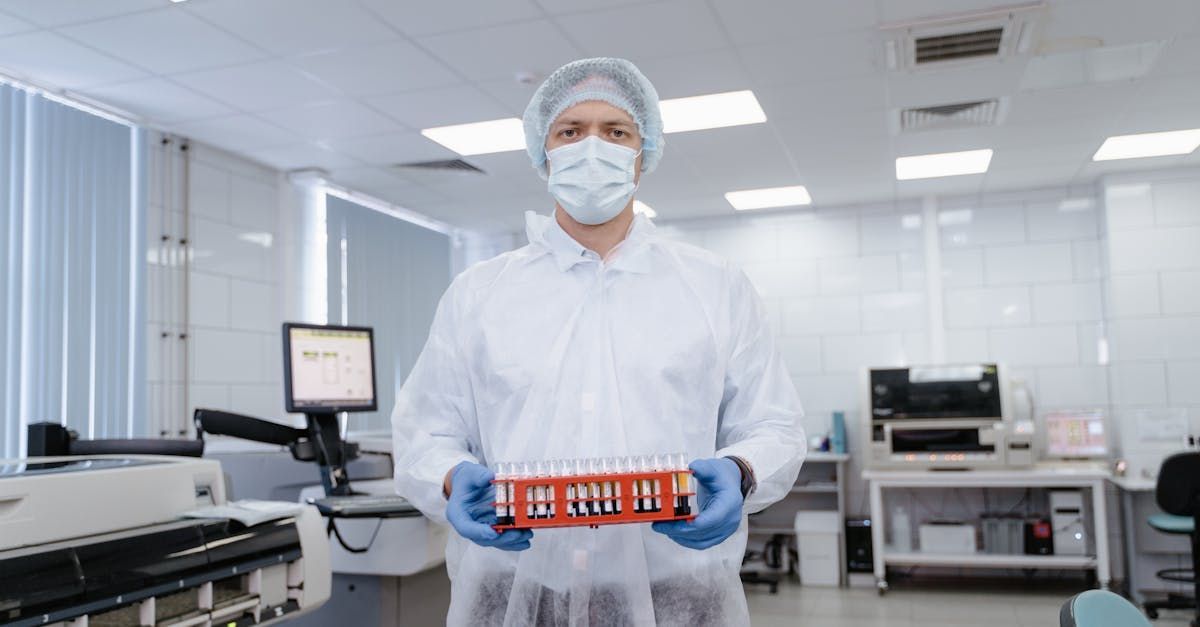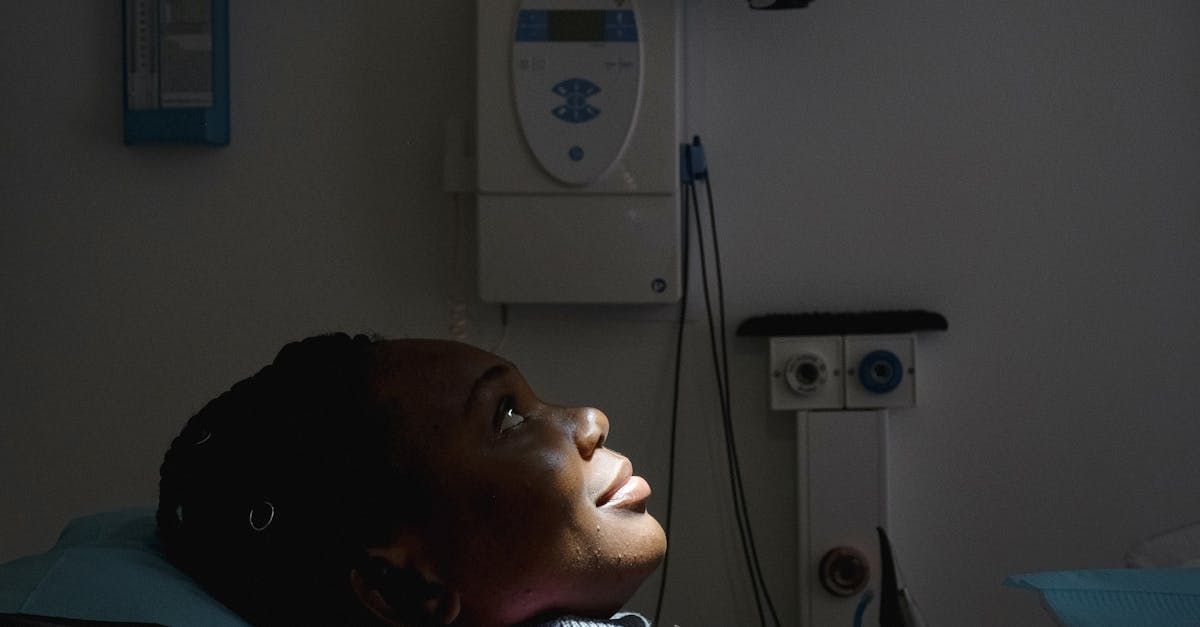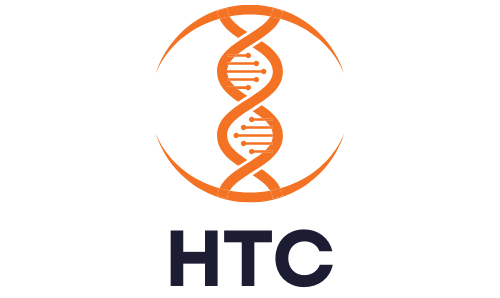HealthTech Solutions for Remote Patient Monitoring
Remote patient monitoring (RPM) is rapidly transforming healthcare, offering innovative ways to manage and monitor patients' health outside traditional clinical settings. HealthTech plays a critical role in enabling RPM by integrating advanced technologies such as sensors, wearables, and telehealth platforms. This blog explores the significance of HealthTech solutions for remote patient monitoring, highlighting their benefits, challenges, and future potential.
Remote patient monitoring involves the use of digital technologies to collect health data from patients in one location and electronically transmit it to healthcare providers in a different location for assessment and recommendations. RPM encompasses a range of technologies and methodologies, allowing continuous health monitoring without the need for physical presence at healthcare facilities.
Key Components and Technologies
RPM relies on several key components and technologies, including:
- Sensors and Wearables: Devices that measure vital signs such as heart rate, blood pressure, glucose levels, and oxygen saturation.
- Telehealth Platforms: Software solutions that facilitate virtual consultations and communication between patients and healthcare providers.
- Mobile Health Applications: Apps that track and transmit health data, providing patients with real-time feedback and alerts.
- Cloud Computing and Data Analytics: Technologies that store, process, and analyze large volumes of health data, enabling predictive analytics and personalized care.
Examples of Remote Patient Monitoring Applications
RPM is applied in various medical fields to manage chronic diseases, post-surgical recovery, and preventive care. Examples include:
- Chronic Disease Management: Continuous monitoring of conditions such as diabetes, hypertension, and heart disease to ensure timely interventions.
- Post-Surgical Care: Monitoring recovery progress and detecting complications early to reduce readmission rates.
- Preventive Care: Identifying potential health issues before they become severe, promoting proactive health management.
Benefits of Remote Patient Monitoring
RPM enables continuous and real-time monitoring of patients' health, leading to early detection of issues and timely interventions. This proactive approach enhances patient outcomes and reduces the severity of complications. Patients benefit from personalized care plans based on their real-time health data, improving overall health management.
RPM bridges the gap between patients and healthcare providers, especially for those in remote or underserved areas. By leveraging telehealth platforms and mobile health applications, patients can access healthcare services without the need for frequent in-person visits. This accessibility is particularly crucial for elderly patients and those with mobility issues.
RPM reduces the need for hospital admissions and emergency room visits, leading to significant cost savings for both patients and healthcare systems. By optimizing resource utilization, healthcare providers can focus on critical cases while managing routine monitoring remotely. This efficiency helps in addressing the growing demand for healthcare services and managing the burden on healthcare infrastructure.
Notable Labs: Pioneering Remote Patient Monitoring in HealthTech
Notable Labs is at the cutting edge of integrating HealthTech solutions for remote patient monitoring, demonstrating how advanced genetic and molecular analyses can be seamlessly incorporated into standard healthcare practices. Their work involves pioneering innovative approaches that ensure precision medicine treatments are accessible and affordable for all patients, significantly improving patient outcomes.
Remote patient monitoring has become increasingly important in healthcare, especially with the rise of chronic diseases and the need for continuous patient care. Notable Labs recognizes this need and is dedicated to developing and implementing technologies that enable healthcare providers to monitor patients remotely, ensuring timely interventions and personalized care.
One of the key strategies employed by Notable Labs is the use of advanced genetic and molecular analyses. By understanding the genetic makeup of patients, Notable Labs can provide personalized treatment plans that are more effective than traditional methods. This precision medicine approach allows for the early detection of potential health issues and the continuous monitoring of patient health, which is crucial for managing chronic conditions.
Collaborating with insurers and healthcare providers, Notable Labs ensures that these advanced HealthTech solutions are integrated into standard healthcare coverage. This collaboration is vital for developing reimbursement policies that recognize the value and cost-effectiveness of precision medicine. By providing robust clinical data and evidence-based practices, Notable Labs supports the adoption of remote patient monitoring technologies in everyday healthcare.
Notable Labs is also focused on overcoming the challenges associated with remote patient monitoring. They address regulatory and compliance hurdles by working closely with policymakers and healthcare authorities to ensure that their solutions meet all necessary standards. Furthermore, they invest in data security measures to protect patient information and maintain trust in their technologies.
The commitment of Notable Labs to advancing HealthTech solutions for remote patient monitoring sets a new standard for integrating cutting-edge medical advancements into everyday healthcare. Their efforts pave the way for a future where personalized healthcare is the norm, ensuring that each patient receives the most effective and individualized treatment possible.
By continuously innovating and collaborating with key stakeholders in the healthcare industry, Notable Labs exemplifies the transformative potential of precision medicine. Their work not only improves patient care but also optimizes healthcare resources, making high-quality care more accessible and sustainable. As a leader in the field, Notable Labs is driving the future of healthcare, setting benchmarks for the successful implementation of HealthTech solutions in remote patient monitoring and beyond.
Case Studies of Remote Patient Monitoring Solutions
Detailed Analysis of RPM Solutions
Several RPM solutions have demonstrated significant impact on patient care and healthcare delivery. For instance, the use of wearable ECG monitors has enabled continuous cardiac monitoring for patients with heart conditions. These devices alert healthcare providers to any abnormal heart rhythms, allowing for immediate intervention and reducing the risk of severe cardiac events.
RPM has been successfully implemented across various medical fields. In diabetes management, continuous glucose monitors (CGMs) provide real-time glucose readings, helping patients and healthcare providers adjust treatment plans promptly. In respiratory care, remote monitoring of patients with chronic obstructive pulmonary disease (COPD) using pulse oximeters and spirometers has improved disease management and reduced hospitalizations.
Impact on Patient Outcomes and Healthcare Delivery
The implementation of RPM solutions has led to improved patient outcomes and streamlined healthcare delivery. Studies have shown that RPM reduces hospital readmissions, enhances medication adherence, and improves patient satisfaction. Healthcare providers can deliver more efficient and effective care by leveraging real-time data and predictive analytics to tailor treatment plans to individual patients.
Challenges and Risks
Despite the numerous benefits, RPM adoption faces several challenges and risks. These include technological barriers, data security concerns, and the need for robust infrastructure. Ensuring the reliability and accuracy of remote monitoring devices is critical to avoid false readings and ensure patient safety.
Navigating the regulatory landscape for RPM solutions can be complex. Regulations related to data privacy, security, and medical device approval vary across regions and require careful consideration. Compliance with standards such as HIPAA (Health Insurance Portability and Accountability Act) in the U.S. and GDPR (General Data Protection Regulation) in Europe is essential to protect patient data and maintain trust.
To overcome these challenges, stakeholders must collaborate to develop standardized protocols and guidelines for RPM implementation. Investing in secure and interoperable technologies, conducting rigorous testing of devices, and providing adequate training for healthcare providers are crucial steps. Additionally, engaging with regulatory bodies to streamline approval processes and ensure compliance is vital for the successful deployment of RPM solutions.
Future Trends and Innovations
The future of RPM is promising, with several emerging trends shaping the landscape. The integration of artificial intelligence (AI) and machine learning (ML) is enhancing predictive analytics capabilities, enabling more accurate risk assessments and personalized interventions. The use of big data analytics is facilitating the identification of patterns and trends in patient health, leading to more informed decision-making.
Technological advancements are driving the evolution of RPM solutions. The development of advanced sensors and wearable devices with increased accuracy and longer battery life is improving the reliability of remote monitoring. The adoption of blockchain technology is enhancing data security and ensuring the integrity of health records. Additionally, the proliferation of 5G networks is enabling faster and more reliable data transmission, supporting real-time monitoring and telehealth consultations.
Over the next decade, RPM is expected to become more integrated into mainstream healthcare. The widespread adoption of smart home devices and the Internet of Medical Things (IoMT) will facilitate continuous health monitoring in the comfort of patients' homes. The combination of RPM with telemedicine and virtual care will create a comprehensive digital health ecosystem, improving access to care and patient outcomes. Furthermore, advancements in genomics and personalized medicine will enable more precise and targeted interventions based on individual patient profiles.
Investment Opportunities in Remote Patient Monitoring
Identifying Promising RPM Companies and Technologies
The RPM market offers numerous investment opportunities for venture capitalists and investors. Companies specializing in wearable devices, telehealth platforms, and data analytics are at the forefront of RPM innovation. Notable examples include companies developing advanced biosensors for chronic disease management and AI-driven platforms for remote diagnostics. Identifying startups with strong intellectual property, proven technology, and a clear value proposition is essential for successful investments.
Factors to Consider When Investing in RPM
When investing in RPM, several factors should be considered. These include the scalability and interoperability of the technology, the regulatory environment, and the competitive landscape. Assessing the market demand and potential for widespread adoption is crucial for evaluating the growth prospects of RPM companies. Additionally, understanding the business models and revenue streams of RPM solutions, such as subscription-based services and data analytics, is essential for determining long-term profitability.
Long-Term vs. Short-Term Investment Strategies
Investors can adopt different strategies when investing in RPM. Long-term investments focus on companies with strong growth potential and the ability to disrupt the healthcare industry. These investments require patience and a thorough understanding of the market dynamics. Short-term investments, on the other hand, may target companies with innovative products ready for market entry or those poised for acquisition by larger healthcare players. Balancing both strategies can help investors maximize returns while mitigating risks.
Conclusion
Remote patient monitoring is revolutionizing healthcare by enabling continuous and real-time health monitoring outside traditional clinical settings. HealthTech solutions, such as sensors, wearables, telehealth platforms, and data analytics, play a crucial role in the success of RPM. The benefits of RPM include improved patient outcomes, enhanced access to healthcare services, and cost savings. However, challenges related to technology, regulation, and data privacy must be addressed to ensure widespread adoption.
The future of RPM is bright, with technological advancements and emerging trends driving its growth. The integration of AI, machine learning, and big data analytics will enhance predictive capabilities and enable personalized interventions. The proliferation of 5G networks and the IoMT will further support real-time monitoring and telehealth consultations. As RPM becomes more integrated into mainstream healthcare, it has the potential to transform patient care and improve health outcomes on a global scale.
To realize the full potential of RPM, stakeholders must collaborate and invest in innovative HealthTech solutions. Policymakers should develop supportive regulations and incentives to promote RPM adoption. Healthcare providers should embrace digital health technologies and integrate RPM into their care delivery models. Investors should identify and support promising RPM companies and technologies to drive innovation and market growth. By working together, we can ensure that RPM becomes an integral part of the future healthcare landscape, providing accessible, efficient, and high-quality care for all patients.










